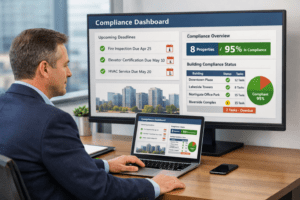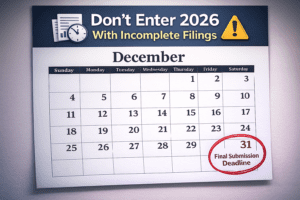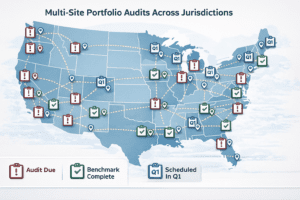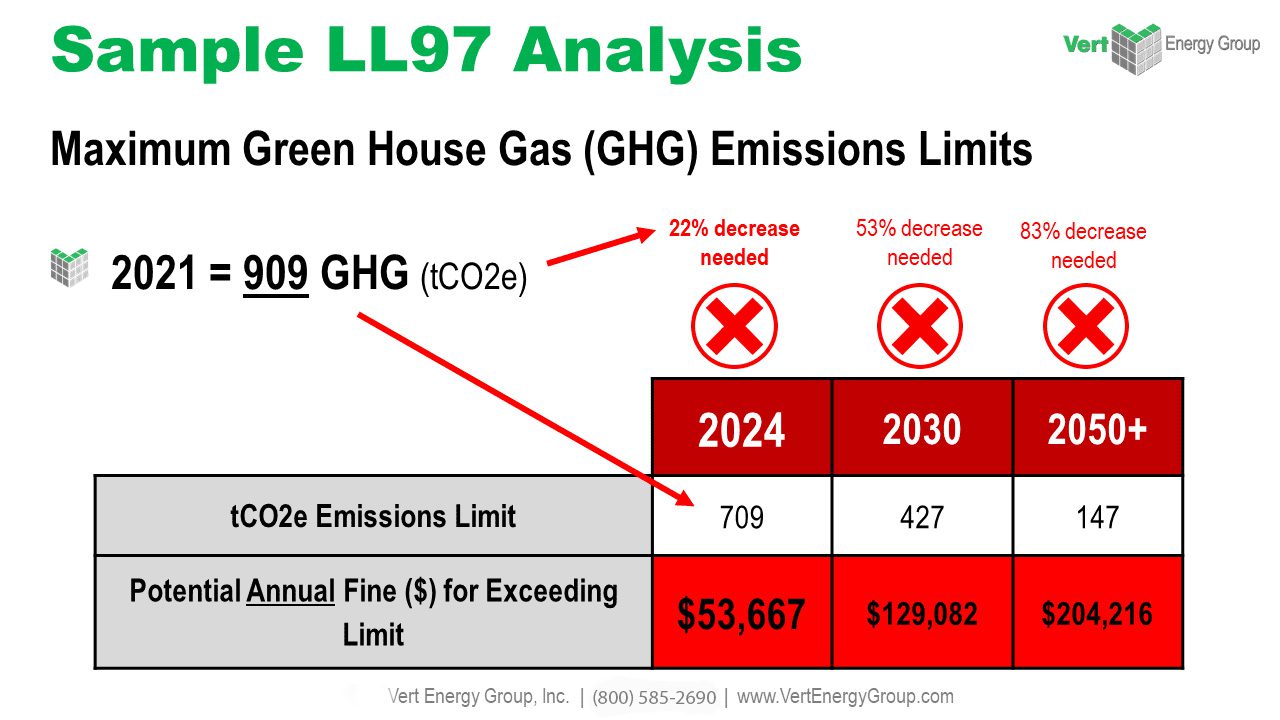I. Introduction
In our quest toward a sustainable future, the significance of robust legislation cannot be understated, particularly in the sphere of energy efficiency. This blog post delves deep into the intricate arena of benchmarking laws and regulations, highlighting their pivotal role in managing energy consumption and mitigating environmental impact. Grasping the nuances of these laws is crucial for compliance and participation in the global movement toward energy efficiency. Understanding benchmarking ordinances is not just beneficial but essential for building owners, policymakers, and the community at large to foster a sustainable environment.
II. What are Benchmarking Ordinances?

Benchmarking ordinances are legal requirements that mandate the ongoing measurement and public reporting of a building’s energy use. The primary objective of an energy benchmarking ordinance is to raise awareness among building owners and tenants about their energy consumption patterns. These ordinances serve as a vital tool for cities and nations to assess and drive improvements in building energy performance. For more information, the U.S. Department of Energy offers an extensive overview on benchmarking and its importance.
III. The Role of Benchmarking Ordinances in Energy Efficiency
Energy benchmarking ordinances are integral to promoting energy efficiency at the macro and micro levels. For instance, they help cities identify worst-performing buildings, thus enabling targeted interventions for energy conservation. A compelling example is Local Law 84 benchmarking in New York City, where such ordinances have led to actionable insights and subsequent energy efficiency projects across the city’s building stock. These measures not only reduce energy consumption but also significantly cut down operational costs, demonstrating the economic benefits intertwined with ecological ones.
IV. Key Benchmarking Ordinances around the World
Globally, several regions have adopted unique approaches to benchmarking:
– United States: The ENERGY STAR benchmarking tool by the Environmental Protection Agency (EPA) allows buildings to receive ratings that compare their energy performance against similar structures nationwide. Successful cases have often received the ENERGY STAR certification, a mark of high energy performance. More about this can be read here.
– Europe: Under the Energy Performance of Buildings Directive (EPBD), EU countries must improve the energy performance of buildings, with a strong emphasis on regular energy audits and the issuance of Energy Performance Certificates. This directive plays a crucial role in the EU’s commitment to reducing its building carbon footprint.
V. Understanding Energy Efficiency Laws
Whereas benchmarking ordinances focus on transparency and data collection, Energy Efficiency Law encompasses a broader spectrum of regulatory measures designed to enforce actual improvements in energy use. These laws typically involve setting minimum energy standards for appliances, building codes, and industrial processes that must be adhered to, pushing the market towards more energy-efficient solutions. An in-depth discussion on energy efficiency laws can be explored through the Database of State Incentives for Renewables & Efficiency (DSIRE).
VI. Key Energy Efficiency Laws around the World
Different continents have taken diverse approaches to legislate energy reduction:
– In the United States, the Energy Policy Act and various amendments over the years have set rigorous efficiency standards for public and private sectors alike.
– In the European Union, the Energy Efficiency Directive, amended in 2018, sets out ambitious targets to achieve a 32.5% energy efficiency improvement by 2030.
Each piece of legislation, although aimed at reducing energy consumption, carries specific provisions adapted to local contexts and needs.
VII. How Energy Efficiency Laws and Benchmarking Ordinances Intertwine
Together, energy efficiency laws and benchmarking ordinances create a robust framework for combating energy waste and promoting sustainability. By establishing standards (laws) and ensuring compliance (benchmarking), these regulations effectively monitor and inspire advancements in energy conservation. The synergy between these tools enables stakeholders to evaluate the effectiveness of energy policies and adapt strategies that support continuous improvement in energy performance.
VIII. The Future of Energy Efficiency: Laws and Regulations

Looking ahead, the landscape of energy efficiency regulations is set to become even more stringent and innovative. The integration of advanced technologies such as AI and IoT in energy management systems is expected to revolutionize how energy efficiency is monitored and enhanced. These technologies promise real-time data processing and greater accuracy in energy use optimization, paving the way for smarter, more responsive energy-saving strategies. The potential future developments and their implications on global energy strategies can be further studied through insights provided by International Energy Agency (IEA).
IX. Conclusion
The interconnection between benchmarking ordinances and energy efficiency laws forms the backbone of our global strategy to ensure sustainable energy use. By comprehending and leveraging these regulatory tools, stakeholders across the spectrum can make significant contributions to the world’s energy efficiency goals. It is crucial for everyone, from government officials to ordinary citizens, to remain informed and proactive about the advancements in energy regulations to help propel our collective quest for energy sustainability.
Embrace the change, stay updated, and actively participate in discussions and initiatives around energy conservation. Remember, every step towards energy efficiency is a step towards a sustainable future.
VertPro.com serves as a resourceful platform for property owners and managers seeking to enhance their buildings’ energy efficiency. The site offers a range of services, including Commercial Energy Audits, Benchmark Compliance consultancy, and a Construction Marketplace. At the heart of VertPro® is a suite of SaaS technology-based solutions designed to assist in navigating the complexities of Energy Benchmarking and Energy Audits/RCx Plus, while ensuring adherence to over 60 Energy Benchmarking and Energy Efficiency Laws across the country.
For those looking to improve their property’s energy usage and operational value, VertPro.com provides a diverse array of tools and information. The site aims to facilitate a better understanding of energy efficiency practices and legislation, helping building owners and property managers make informed decisions about their energy strategies while complying with all energy ordinances and laws.
